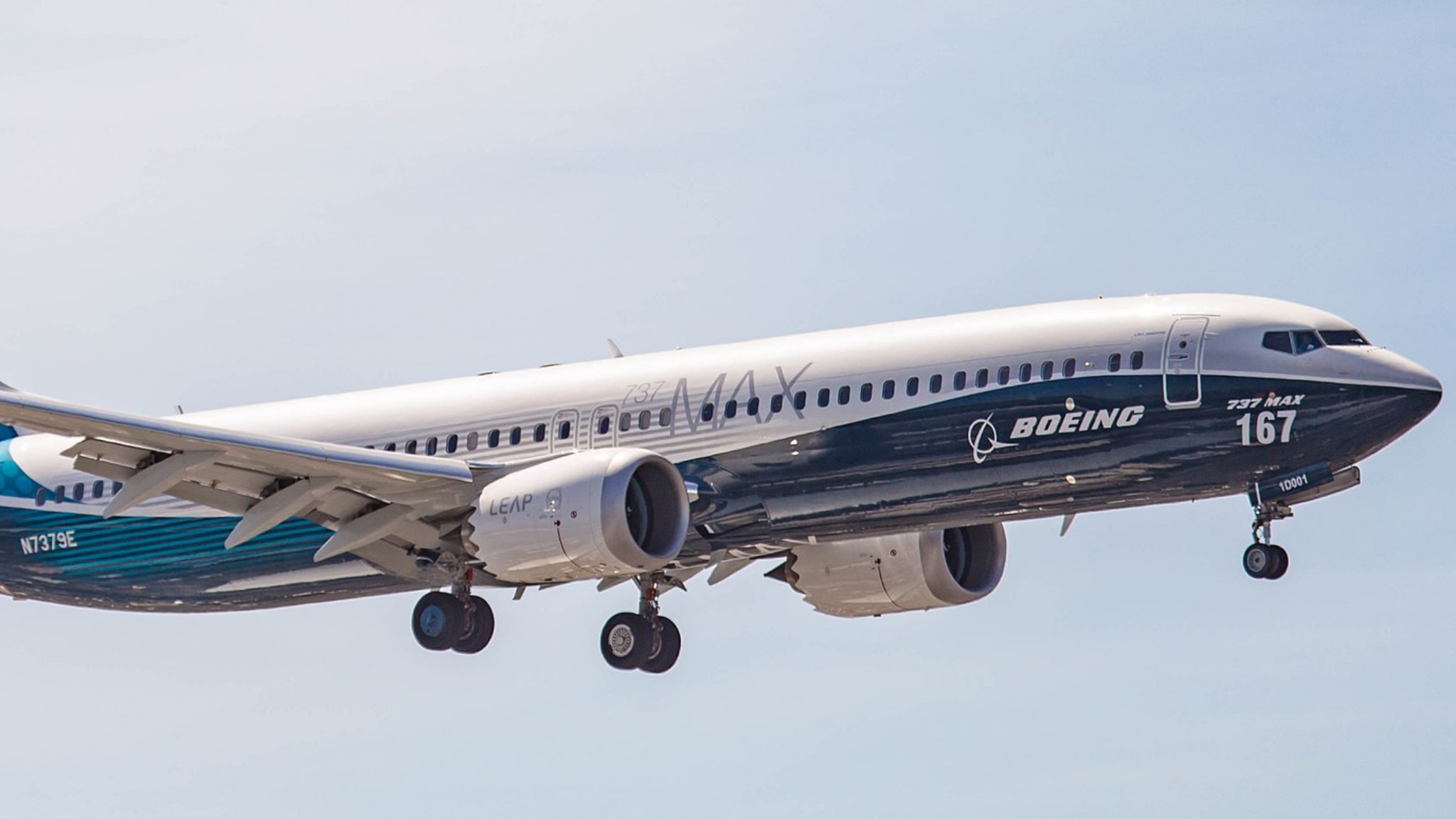Boeing will pay $ 200 million to settle the 737 Max investigation with the SEC, with which it is accused of misleading claims regarding accidents in Indonesia and Ethiopia.
The Sec
(Securities and Exchange Commission) - the American Consob -
accused Boeing Company and its former CEO, Dennis A. Muilenburg, of making materially misleading public statements
following the Boeing plane crashes in 2018 and 2019.
The incidents involved the 737 MAX aircraft and a flight control function called the Maneuvering Characteristics Enhancement System (Mcas).
According to the SEC, after the first crash Boeing and Muilenburg knew that the MCAS posed an airplane safety problem, but still assured the public that the 737 MAX was "as safe as any
that has ever flown the skies."
Subsequently, following the second incident, Boeing and Muilenburg assured the public that there were no errors or gaps in the certification process with respect to Mcas, despite being aware of information to the contrary.
It was therefore a faulty software at the origin of the two air disasters, costing a total of 346 victims,
which on March 14, 2019 led the US Federal Aviation Administration to impose the longest block in the history of aviation on the Boeing 737 Max 8 model, returned in the skies on November 18, 2020.
The first occurred on October 29, 2018, when Lion Air Flight 610 crashed into the Java Sea, taking 189 lives with it.
The second involved, on 10 March 2019, another 737 Max 8, the Ethiopian Airlines flight 302. After this last tragedy, in which 157 people perished, all the models of the model were left on the ground.
Both incidents,
which occurred within minutes of take-off, were
due to the malfunctioning of an
automatic pilot program for which the pilots
had not received adequate training.
When the American aviation giant launched the 737 Max 8, it proposed it as the most efficient jet ever on the market.
This is thanks to the new engines that allowed fuel savings of 13% compared to the predecessor, the 737 NG.
Engines, however, larger than usual, so much so that they have to be mounted in a higher and more forward position than the wing.
The different arrangement of the engines would have unbalanced the balance of the aircraft, increasing the danger of an aerodynamic stall, or an insufficient speed to remain in the air.
However, modifying the engines in such a way as not to affect the balance would have required months of time and, further delaying the deliveries, there was the risk of losing contracts in favor of the competing model, the A320neo of the eternal rival Airbus.
To overcome this inconvenience, Boeing therefore decided to install anti-stall software in the aircraft, which automatically lowered the nose of the aircraft when the angle of attack, i.e. the angle between the airflow and the wing, was result too high, entailing the risk of aerodynamic stall.
It was precisely the malfunction of this software that caused the Lion Air 610 and Ethiopian Airlines 302 to fall. Conflicting with other cabin warnings, the sensor had mistakenly indicated a stall to the pilots.
In these cases, if the pilot does not immediately recognize the signal as erroneous and takes the appropriate measures, the automatic pilot system takes control, and the aircraft suddenly falls to recover the speed that the software deems necessary to overcome the phase. stall.
If this happens after take-off, the result is the crash of the aircraft.
The results of the tests included in the hundreds of pages of the investigation launched by the United States Congress had shown that a pilot, confused by the contradictory information, took more than 10 seconds to realize what was happening and then follow the correct procedures to neutralize the command that sent the plane swooping, an element that Boeing had hidden from the control authorities.
Furthermore, the alarm that led to the activation of the anti-stall system was found to be out of order on a large part of the 737 Max fleet but this was never communicated to pilots and airlines.

